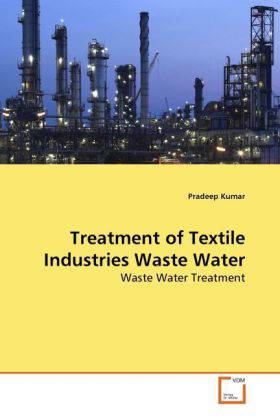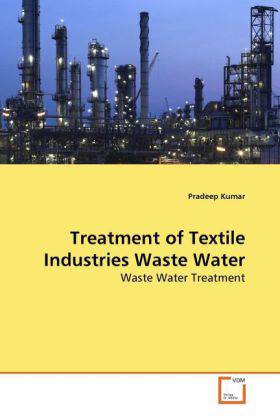
- Afhalen na 1 uur in een winkel met voorraad
- Gratis thuislevering in België vanaf € 30
- Ruim aanbod met 7 miljoen producten
- Afhalen na 1 uur in een winkel met voorraad
- Gratis thuislevering in België vanaf € 30
- Ruim aanbod met 7 miljoen producten
Zoeken
Omschrijving
The removal of color from textile mill waste water is of great environmental concern. More than half of the nearly 90 dyestuffs used in textile mills (e.g. reactive blue 21, direct blue 80 and vat violet etc. at specific COD/BOD ratios) are non-biodegradable.Among the various treatment methods, catalytic thermolysis (thermal treatment) and coagulation are the most promising ones. Thermolysis is a chemical process by which a substance is decomposed in to other substances by use of heat. During catalytic thermolysis, two mechanisms, both in parallel but complementary to each other, take place simultaneously. The organic molecules, both small and large, present in the effluent undergo chemical and thermal breakdown and complexation, forming insoluble particles, which settle down. Further, during thermolysis larger molecules also undergo breakdown into smaller molecules, which are soluble.
Specificaties
Betrokkenen
- Auteur(s):
- Uitgeverij:
Inhoud
- Aantal bladzijden:
- 260
- Taal:
- Engels
Eigenschappen
- Productcode (EAN):
- 9783639283075
- Verschijningsdatum:
- 13/08/2010
- Uitvoering:
- Paperback
- Formaat:
- Trade paperback (VS)
- Afmetingen:
- 152 mm x 229 mm
- Gewicht:
- 385 g

Alleen bij Standaard Boekhandel
+ 155 punten op je klantenkaart van Standaard Boekhandel
Beoordelingen
We publiceren alleen reviews die voldoen aan de voorwaarden voor reviews. Bekijk onze voorwaarden voor reviews.











